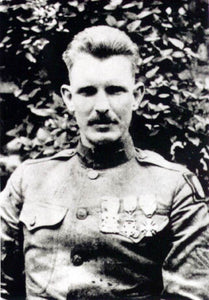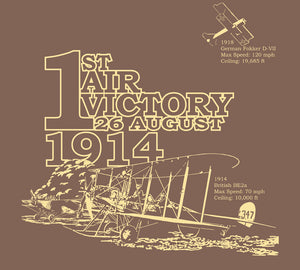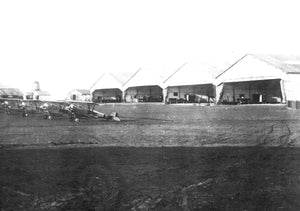Knights Without Parachutes — billy mitchell
St. Mihiel, Billy Mitchell, and the Balloon Buster
alvin york billy mitchell frank luke hugh trenchard
WW1 Events of September 1st, 1918
alvin york billy mitchell eddie rickenbacker
Now Entering the Final Year of the First Air War
billy mitchell dangers of wwi aviation hugh trenchard influenza lafayette escadrille rfc/raf wwi
Overview of WWI Aviation on the 99th Anniversary of Armistice Day
billy mitchell charles nungesser eddie rickenbacker ernst udet eugene bullard frank luke georges guynemer mick mannock raoul lufbery red baron
Nazgul, Defence of London, Aerobatics, and Air Forces - Part II
billy mitchell eddie rickenbacker red baron rfc/raf usaf origins
The End of Aerial Duels Last week’s post explained how the summer 1917 Gotha attacks on London caused Arthur Gould Lee’s squadron to be in England. Though they didn't get to fight any Gothas, they comforted the population while developing their skills at formation flying. The practice in formation flying was itself the beginning of a major change. The period that WWI aviation is best remembered for was the aerial fighting in 1916 and 1917: “when enemies in the air could fight without mercy but without hate, could even respect and admire each other’s skill and valour.” But when, on the formation of...





